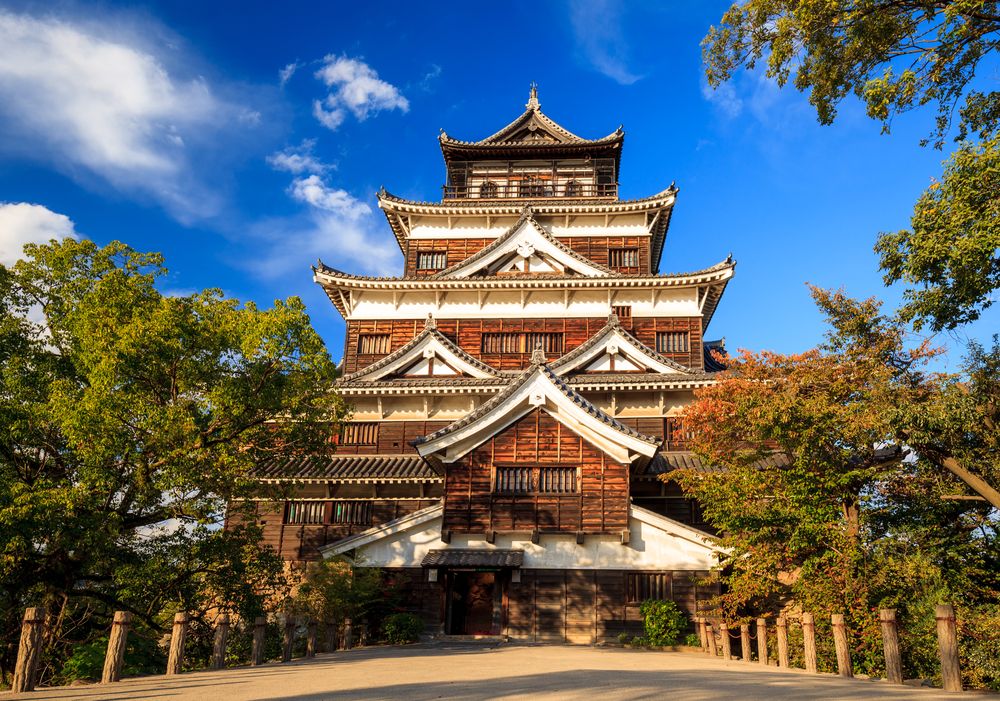

Hiroshima Castle, also known as Carp Castle, is a historic landmark situated in Hiroshima, Japan. This castle has a rich history and has become an important symbol of both feudal Japan and the modern era following the tragic atomic bombing during World War II.
The castle was originally constructed in the 1590s by Mori Terumoto, one of the powerful lords of the Sengoku period. It served as the economic, political, and physical heart of Hiroshima for many years. Although largely destroyed by the atomic bomb in 1945, Hiroshima Castle was meticulously reconstructed in 1958, symbolizing the city's recovery and resilience.
Tourism at Hiroshima Castle began to flourish notably after its reconstruction. Before this, it primarily served a military and residential purpose. Its transformation into a historical monument encouraged both domestic and international travelers to visit, learn about its history, and explore its influence on Japanese culture.
Following the reconstruction, the castle's main keep was turned into a history museum, which has attracted history buffs and travelers alike. Exhibits focus on the castle's past, the feudal era, and the impact of the atomic bombing. The surrounding grounds, with their lush gardens and walking paths, offer a place of contemplation and beauty.
In recent years, there has been a rise in peace tourism in Hiroshima, with visitors coming to reflect on the events of the past and foster a message of peace. Hiroshima Castle, in close proximity to the Hiroshima Peace Memorial Park and Atomic Bomb Dome, plays a significant role in this movement.
Additionally, with technology becoming integral to travel experiences, interactive guides and smartphone apps have been developed to provide visitors with a more immersive tour of the castle and its surroundings.
Hiroshima Castle not only stands as a testament to the city's past but also plays a significant role during festival times. Events such as the Hiroshima Flower Festival and the autumn leaves viewing season (called koyo in Japanese) draw in large numbers of tourists.
The castle's presence also complemares the city's landscape, blending historical architecture with modern advancements, which is a testament to Hiroshima's dedication to acknowledging its past while looking confidently to the future.
In essence, the rich history of tourism at Hiroshima Castle has evolved from a focus on the past to an educational journey that bridges history with the importance of peace and cultural understanding, a poignant reflection of Hiroshima's tragic past and hope-filled present.